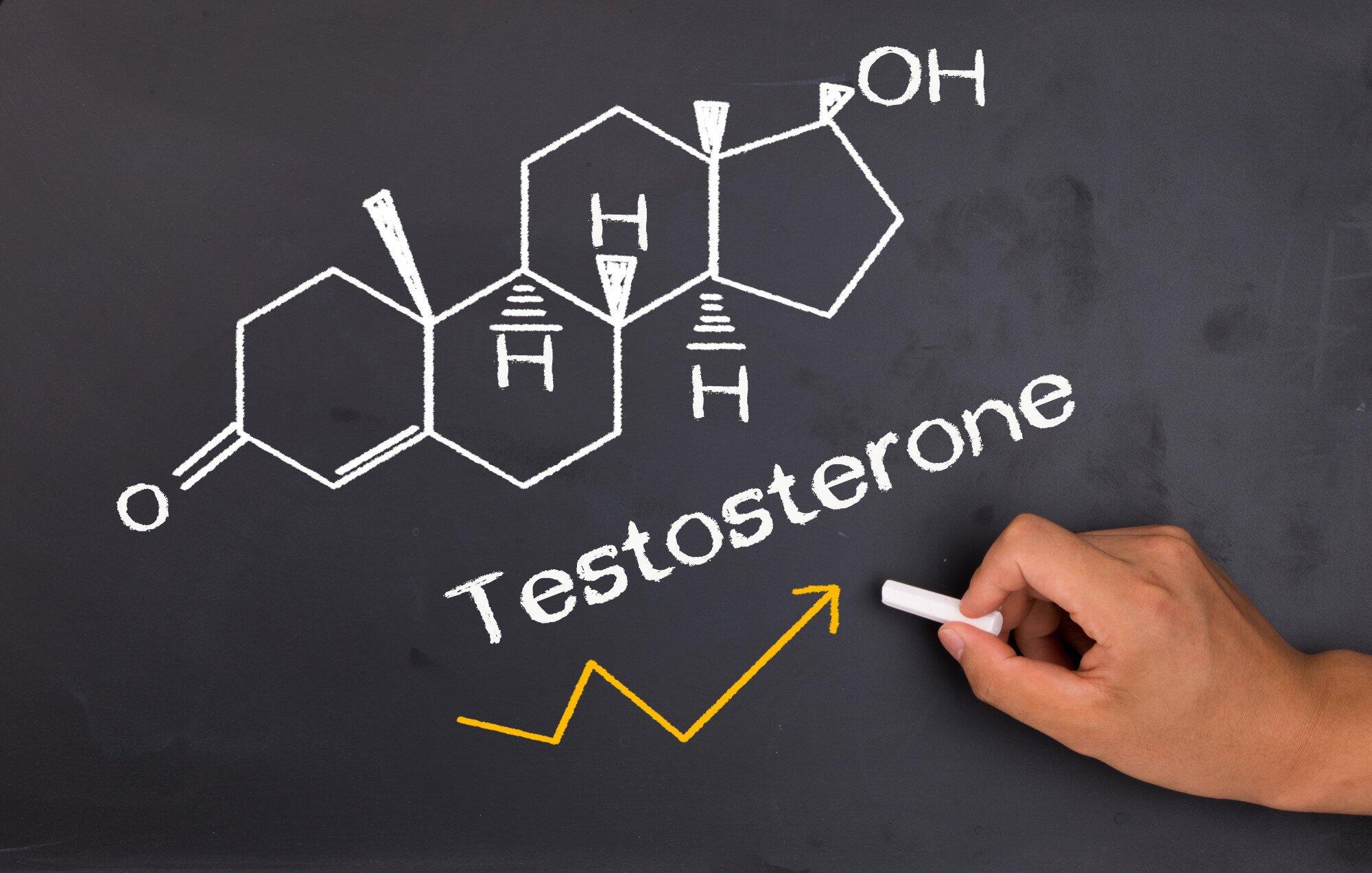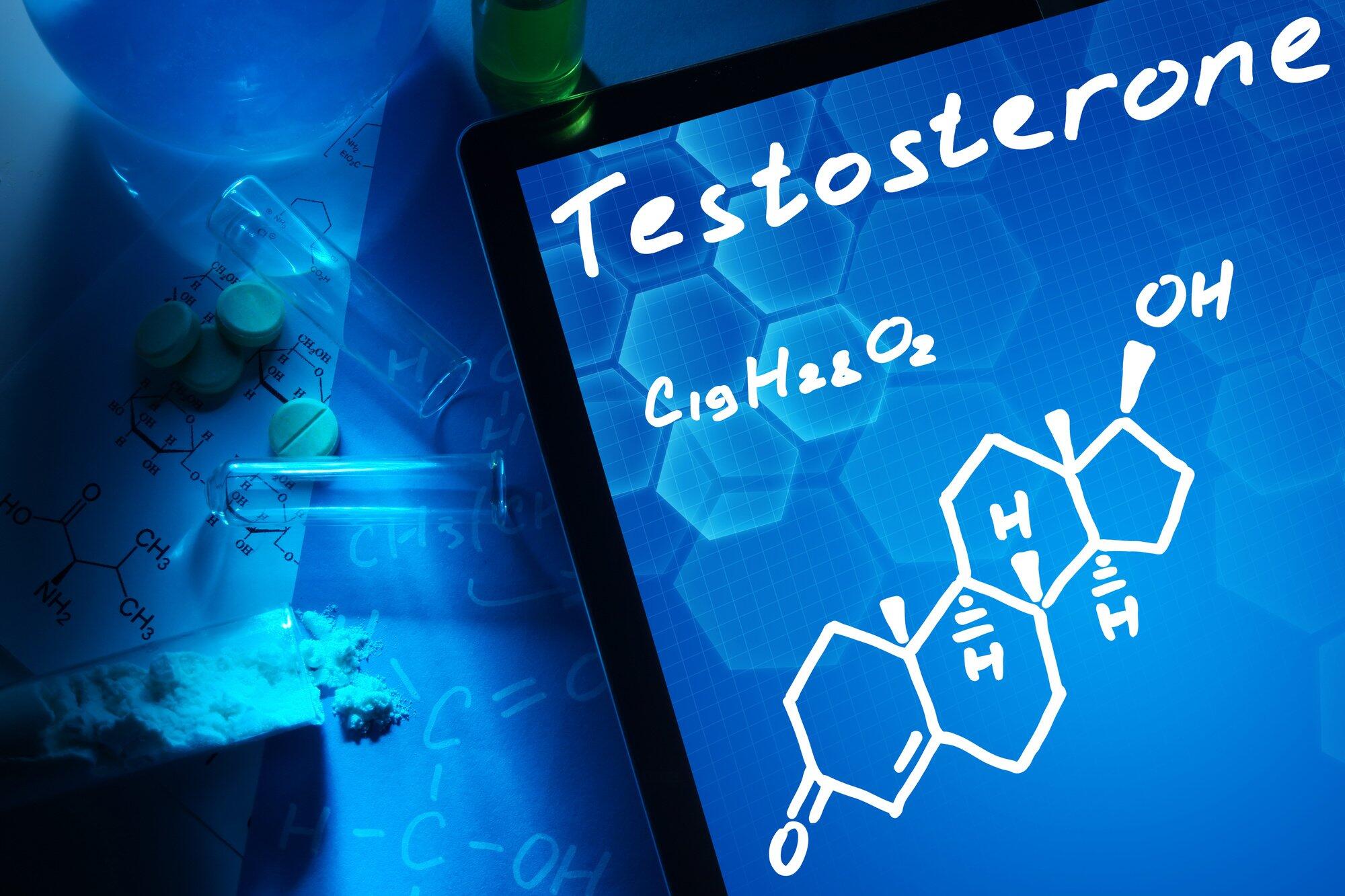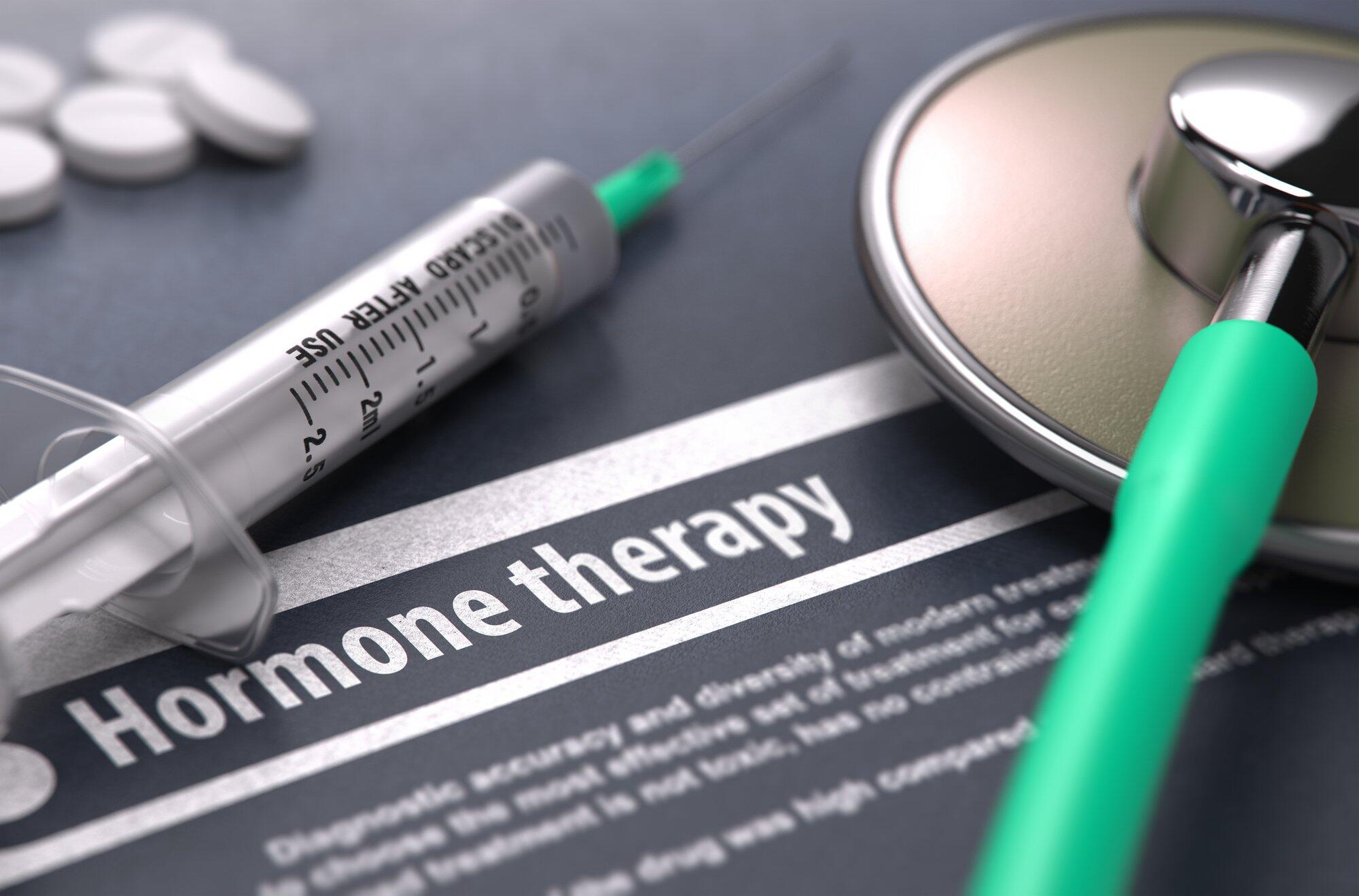If you’re a man experiencing erectile dysfunction (ED) and reduced sexual desire, or a woman with reduced libido, then you may have researched to find a solution that actually works. And, no doubt also, you have come across a multitude of products making all manner of promises. Products range from herbal supplements that you couldn’t tell apart from a placebo to properly researched and tested chemical compounds that really do work.
One thing you probably have not yet come across is PT-141 or Bremelanotide. This article will introduce you to the peptide, its benefits, side effects, and more.
What is PT-141?
PT-141 is a synthetic peptide. Peptides are naturally occurring strings of amino acids in the human body. They are similar to proteins, although they contain fewer amino acids than proteins. Peptides are shorter strings containing only between two and 50 amino acids. Proteins, on the other hand, contain more than 50.
With 20 amino acids making up chains of up to 50, the possible number of peptides is enormous. In fact, it is a number with 65 digits; virtually incomprehensible unless you’re a mathematician or just obsessed with numbers. While it appears that the actual number of peptides in the human body is not known, each one of them performs or supplements a particular bodily function or process.
Certain peptides are thought to have beneficial properties related to the effects of aging, the immune system, muscle development and physical strength, and many more.
PT-141 is a laboratory-produced version of one of these. It was initially developed to darken pigment cells in the skin so that people could acquire a tan without needing to be exposed to the sun. This would, of course, produce a healthy bronzed look without the harmful effects of ultraviolet radiation and the risk of skin cancer.
Its discovery as an aid to sexual health was purely accidental. Mac Hadley, a scientist working on the tanning compound Melanotan II, when experimenting on himself, took a double dose. A short while later, he had a spontaneous erection. It lasted for eight hours.
During the initial testing of the compound, several trial participants also reported an increase in their sexual desire. This prompted further research to break the Melanotan II peptide down. The study culminated in identifying the specific part of the peptide that caused an increase in sexual arousal. This was labeled PT-141 and later became known as Bremelanotide.
Bremelanotide acts in the brain, unlike the PDE-5 inhibitors like Cialis and Viagra. The effect of Bremelanotide is a little broader. Apart from facilitating the male erection. It also stimulates sexual desire in both men and women.
How it Works
Bremelanotide binds to melanocortin receptors. There are several melanocortin receptors in the human body. One of these, Melanocortin 1 Receptor (MC1R) influences the production of melanin which increases skin pigmentation. This was the objective of the original study.
Bremelanotide, however, also binds to MC4R, which plays an important role in food intake and weight control. MC4R has also been found to regulate erectile function. It does so by triggering the dopamine hormones. These are the hormones that are responsible for sexual stimulation.
Bremelanotide was developed, amongst other things, as an effective treatment for Hypoactive Sexual Desire Disorder (HSDD). This is a fairly common condition in older premenopausal women. It is, however, effective in increasing sexual desire in general.
Bremelanotide works in the same way for men. In men, though, it stimulates erections as well.
The FDA approved bremelanotide on 21 June 2019 for the treatment of acquired HSDD. The HSDD should not have been caused by a coexisting medical condition, a psychological condition, or the use of medications or drugs.
Dosage and Precautions
Bremelanotide is most commonly injected just under the skin. It is best delivered using an insulin syringe. Oral forms are also available, as are a nasal spray and topical cream formulation. These forms have, however, not been shown to have the same efficacy as the injectable form.
The recommended dosage is 1.75mg injected under the skin. It should be administered approximately 45 minutes before sexual activity is expected. Bremelanotide response times vary from a few minutes to several hours and have been reported to be effective for up to 72 hours.
It is not recommended to exceed eight doses per month.
It is not recommended to take more than one dose within any 24-hour period.
Notes
- Acquired HSDD means that the patient has no previous history of HSDD and that it is a recent development.
- Generalized HSDD means that there is no specific trigger. It happens at any time regardless of the situation or the partner.
- Bremelanotide is not intended as a sexual performance supplement
- Bremelanotide is not intended to treat HSDD in postmenopausal women
- Treatment should be discontinued if there is no improvement after two months.
Precautions
- In the case of severe liver or kidney impairment, Bremelanotide should be used with caution.
- Bremelanotide should not be used by patients with known cardiovascular conditions or uncontrolled hypertension.
- Not recommended for use during pregnancy
- Not recommended for use by children
Side Effects
As with any medication or drug, some patients may experience side effects after administering Bremelanotide. Every patient will react differently to its use.
Several side effects have been reported. Some of the reported side effects may need medical attention if symptoms persist.
Common side effects include:
- Nausea
- Flushing
- Injection site reactions
- Headache
Less common side effects include:
- Vomiting
- Coughing
- Tiredness
- Hot flushes
- Itching or burning skin
- Dizziness and nasal congestion
Most side effects are transient and will disappear as the body adjusts to the medication.
A slight increase in blood pressure or decrease in heart rate may occur after each dose in rare cases. These are transient and should return to normal within 12 hours. The changes are minimal and should not be a cause for concern. If these changes are more pronounced or persist, it is advisable to consult a medical practitioner.
Focal hyperpigmentation has been reported, although it affects less than 2% of cases. Patients with darker skin may be more susceptible. Focal hyperpigmentation generally resolves after discontinuation of treatment. This has, however, not been confirmed in all patients.
How to Buy PT-141 Peptide
PT-141 peptide therapy must be prescribed by a qualified physician, healthcare provider, or telemedicine provider. EVOLVE is the telemedicine leader in peptide and hormone optimization therapy. Our team of qualified professionals can help you through the process of receiving PT-141 treatments. EVOLVE Patient Care will complete an intake to get your physician consultation scheduled. Once you are approved, your purchased PT-141 peptide treatment will be shipped right to your door.
Get the healthy, exciting sex life you deserve! Schedule with Patient Care @EVOLVE Today!










